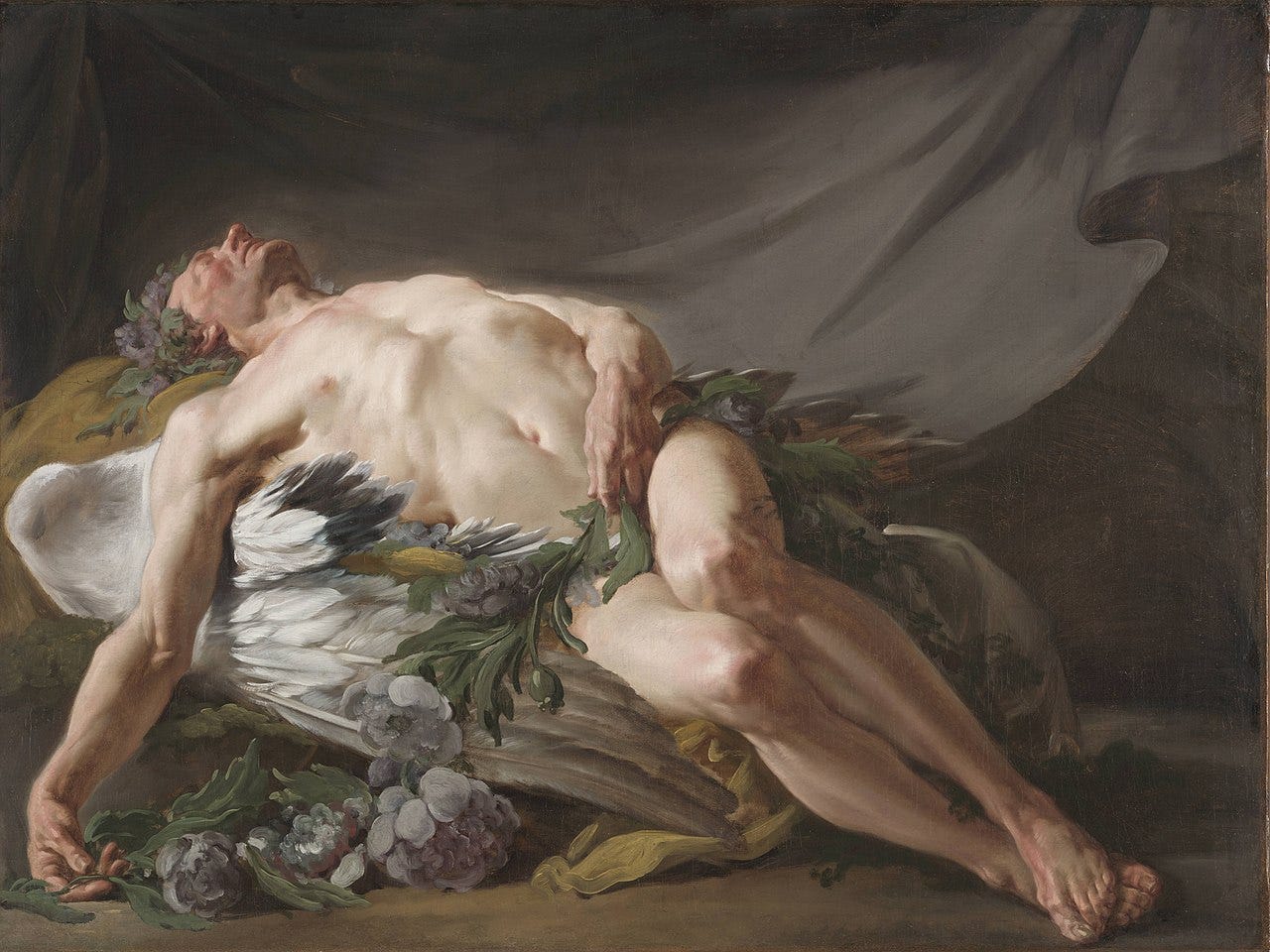“Mythology” Series:
Format: Each week we present a concise mythological story and draw direct parallels to contemporary AI concepts.
Goal: Highlight how modern technological dilemmas mirror ancient Greek tales, sparking interest about both subjects.
1. Mythological reference
In classical lore, Morpheus is the lord of dreams, able to craft dazzling visions that feel utterly real—until the dreamer wakes. He shifts forms, stage-manages scenes, and mingles truth with fantasy, leaving mortals wondering where reality ends and illusion begins. His power reminds us that what we perceive can be as persuasive as what is.
2. Parallel with AI and lesson from ancient mythology
The rise of synthetic media
Modern generative AI—text, image, voice, and full-motion deepfakes—gives us tools to fabricate realities with Morphean finesse:
• Deepfakes and voice clones
Convincing videos and audio make public figures appear to say or do anything, challenging our faith in authentic evidence.
• Synthetic images and virtual worlds
Models like DALL·E and Stable Diffusion conjure photoreal pictures from words alone, and VR platforms immerse us in programmable dreamlands.
• Embrace or haunt?
We celebrate creative delights—film pre-visualizations, historical recreations, personalized storytelling—but fear misuse: political hoaxes, reputational sabotage, non-consensual content, and deep psychological manipulation.
Adrienne Mayor notes in Gods and Robots that ancient myths cautioned against enchantments too enticing to resist. Morpheus’s realm warns that blurred boundaries can liberate imagination yet threaten truth. Ethical frameworks, provenance watermarks, and media-literacy “lucid dreaming” are today’s charms to navigate synthetic visions.
3. Reflections and questions to consider
Authenticity beacons
What technical standards—cryptographic watermarks, content provenance chains—can anchor reality in an ocean of fabrication?Consent in dreamcraft
When is it acceptable to replicate someone’s likeness or voice, and how do we enforce rights over digital selves?Cognitive resilience
How can education cultivate critical thinking so users discern friendly fantasy from malicious illusion?Curated imagination
Could transparent, opt-in generative experiences enrich culture—interactive museums, therapeutic VR—without eroding collective trust?
4. References
Iliad
Zeus sends deceptive dreams to Agamemnon—an early deepfake of divine origin.Odyssey
Penelope speaks of “two gates of dreams,” one true, one false—echoing today’s real vs. synthetic media dilemma.Adrienne Mayor, Gods and Robots: Myths, Machines, and Ancient Dreams of Technology
Links mythic illusion to modern engineered realities.Nina Schick, Deepfakes: The Coming Infocalypse
Analyzes societal risks of AI-generated deception.Content Authenticity Initiative & C2PA specs
Emerging protocols for embedding tamper-evident metadata—digital “seals of reality.”


